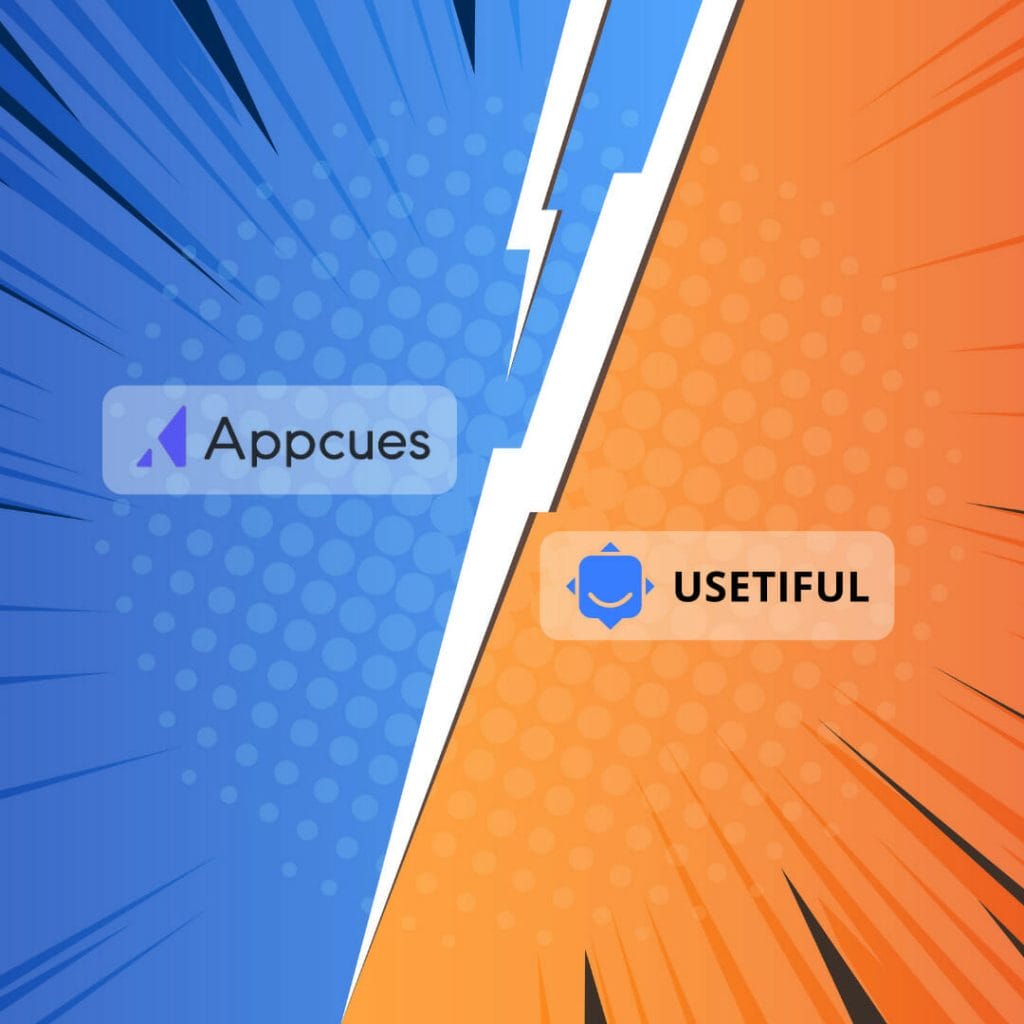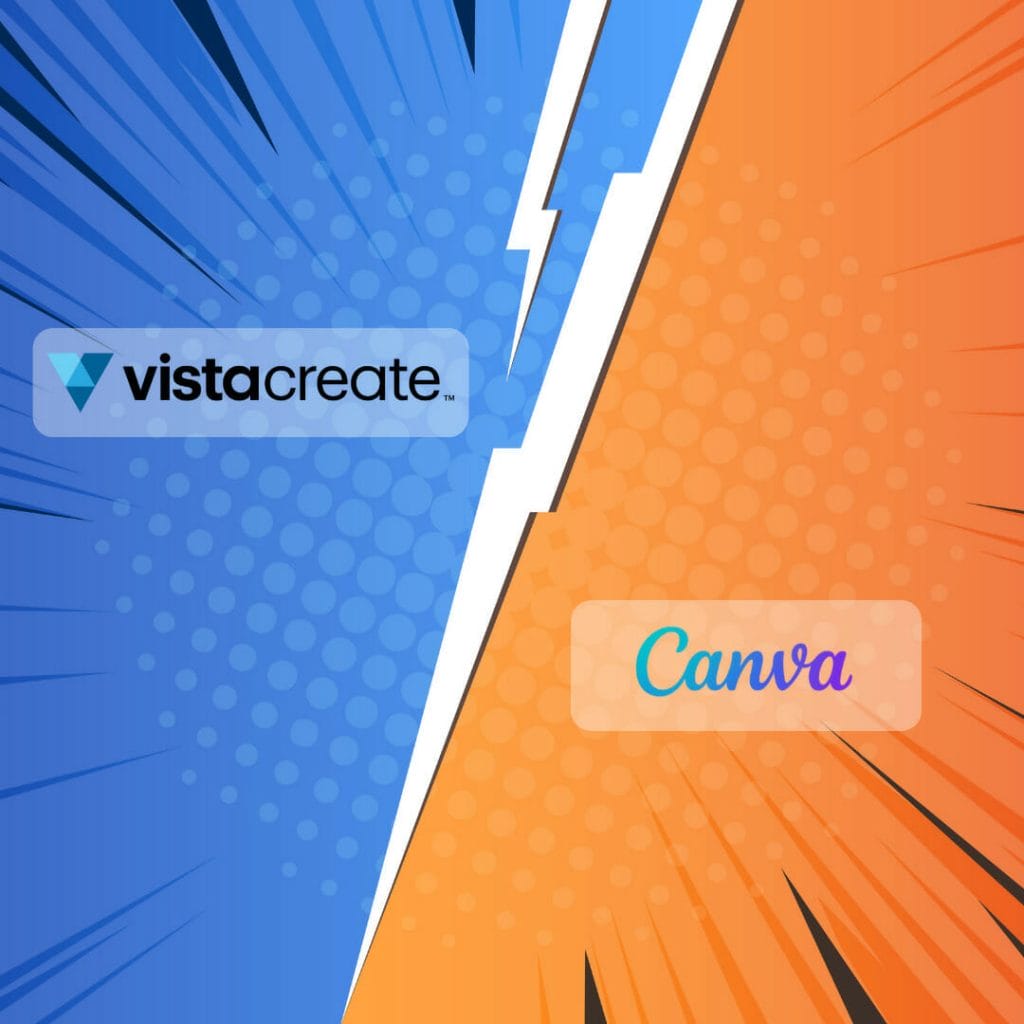In the world of educational technology, teachers and students are always seeking innovative tools to enhance the learning experience. Nearpod and Pear Deck are two leading platforms that aim to engage students while empowering educators. Both platforms offer a variety of features designed to make lessons more interactive, but determining which one is the better choice can be a challenge.
Nearpod focuses on putting educators and students at the center of their design and product development processes, aiming to create an engaged classroom environment. Pear Deck, on the other hand, takes a slightly different approach by providing extensive support for using Microsoft PowerPoint in its free version, a feature only available with a Gold subscription on Nearpod.
By comparing Nearpod and Pear Deck, this article aims to provide educators with a clear understanding of the key differences and benefits of each platform, allowing them to make informed decisions on which tool best suits their individual needs and teaching styles.
About Nearpod

Nearpod is an interactive teaching tool that helps educators create engaging, dynamic lessons. It allows teachers to design slides with a variety of interactive elements, including quizzes, prompts, and games, as well as formative assessments. Nearpod enhances student learning by fostering active learning and exploration. Furthermore, it offers pre-made templates for lessons, making lesson creation more efficient for educators.
Nearpod supports a wide range of devices, including Android, and integrates with various learning management systems (LMS) such as Google Classroom, Schoology, Canvas, Blackboard, and itslearning. This seamless integration enables teachers to manage and assess student progress with ease. In addition, Nearpod offers compatibility with Google Slides, Google Drive, and the entire Google Suite.
For Microsoft PowerPoint users, Nearpod also supports MS PowerPoint slides. Teachers can upload their pre-existing PowerPoint files to Nearpod and enhance them with interactive elements. The platform also connects with OneDrive, providing additional storage options for lesson materials.
One of the standout features of Nearpod is its virtual reality (VR) field trips. Using this feature, educators can take students on immersive virtual field trips and explore 3D shapes or environments within the platform. This ability adds an extra layer of depth and interest to lesson content, especially within the content areas of science, history, or geography.
To ensure a tailored learning experience, Nearpod offers both teacher-led and student-paced lessons. Teachers can guide the entire class through a lesson or provide students the opportunity to move at their own pace, ensuring individualized learning and exploration. Additionally, Nearpod provides session reports, allowing educators to track student progress and make informed decisions about their instructional approach.
Overall, Nearpod offers numerous tools for enhancing student learning and assessing students effectively. By integrating a wide range of tech tools, content areas, and grade levels, Nearpod provides a versatile platform designed to engage and educate. While there are pros and cons to consider, it is clear that Nearpod is a strong contender in the world of interactive teaching tools.
About Pear Deck
Pear Deck is a versatile and powerful EdTech tool designed to promote active learning and facilitate formative assessments in a variety of content areas and grade levels. It works seamlessly with the Google Suite, allowing educators to create engaging, interactive lessons using Google Slides, store files on Google Drive, and integrate with Google Classroom. Pear Deck also offers compatibility with Microsoft PowerPoint and OneDrive, catering to a wider range of users.
The platform enables teachers to design student-paced or teacher-led lessons that include elements like quizzes, prompts, games, and VR field trips, elevating the learning experience. Teachers can utilize pre-made templates or customize their own to create dynamic lessons tailored to their students’ needs.
Pear Deck is compatible with other learning management systems (LMS) like Schoology, Canvas, Blackboard, and itslearning, making it easy to integrate into existing tech ecosystems. Additionally, teachers can use Pear Deck in conjunction with video conferencing platforms like Zoom to enhance remote or hybrid learning experiences.
One of the standout features of the platform is its reporting capabilities. After each lesson, the platform generates comprehensive session reports that track student progress, provide insights into areas of struggle, and help teachers make data-driven decisions to improve learning outcomes. Pear Deck’s robust reporting system provides valuable information for assessing students’ mastery of content and identifying areas for future exploration.
The use of Pear Deck for formative assessments allows educators to cultivate an interactive and engaging learning environment. Its compatibility with popular LMS and content creation tools, along with its robust reporting capabilities, make it an invaluable resource for enhancing and assessing student learning in various settings.
While Pear Deck offers numerous benefits, it’s essential to consider its pros and cons, depending on individual needs and teaching styles. While some may enjoy the seamless integration with Google Suite and easy-to-use templates, others might prefer an alternative platform that offers other features. Regardless of individual preferences, Pear Deck remains a reliable option for incorporating interactive elements and formative assessments into the classroom.
Round 1: Best UX

When evaluating Nearpod and Pear Deck, educators often look for the one that offers the best user experience (UX). In the realm of remote and blended learning, ease of use and usability play a significant role in determining the effectiveness of an edtech tool. Let’s delve into the UX aspects of the two platforms to determine the better choice in this round.
Nearpod has a well-organized interface with a focus on making navigation as straightforward as possible. Teachers have access to over 8,500 lessons and resources, allowing them to easily integrate content that appeals to K-12 learners. Additionally, Nearpod’s capability to support various file types, such as slide presentations and PDFs, makes it convenient for educators to import existing materials.
Pear Deck, on the other hand, is designed with simplicity in mind and works seamlessly within Google Slides. This compatibility facilitates smooth integration for teachers already accustomed to using Slides for their lessons. Pear Deck also encourages 100% student engagement through its interactive features and gamification of lessons, providing a more dynamic and exciting educational experience.
Some users lean towards personal preference when choosing between the two platforms. While both boast user-friendly characteristics, a teacher’s familiarity with a certain platform, such as Google Slides or Dropbox, can ultimately influence their decision.
The Iowa-based company, Pear Deck, includes features like Scishow Kids and Crash Course, appealing to teachers who are fans of educational YouTube content. Nearpod, in contrast, offers a Gold subscription for more comprehensive access to premium features and content.
Ultimately, both Nearpod and Pear Deck are committed to enhancing education for K-12 learners through their innovative platforms. While they share similarities in functionality and usability, small differences in features, integration, and personal preference may sway educators one way or the other.
Round 2: Features Comparison

When comparing Nearpod and Pear Deck, it’s essential to consider their features to determine which platform best suits a classroom’s needs. Both student engagement platforms offer a range of interactive lessons and formative assessments designed to boost learner engagement and make teaching more effective. For a confident and knowledgeable comparison, let’s delve into their feature sets.
In terms of their free versions, both Nearpod and Pear Deck provide a variety of features that cater to educators’ basic requirements. Pear Deck’s free version offers support for Microsoft PowerPoint, while Nearpod requires a Gold subscription to access this functionality. This advantage gives Pear Deck an edge for teachers seeking better integration with existing resources.
When exploring the platforms’ available question types, both provide engaging tools such as polls, quizzes, open-ended questions, and drawing activities. Teachers can design interactive lessons with ease, facilitating student engagement and participation. Additionally, Nearpod also stands out for its unique features like 3D shapes and virtual field trips, which can significantly enhance educational content with interactive visuals.
When considering storage and file uploads, both Nearpod and Pear Deck enable educators to import PDFs and upload files from various sources. Nearpod provides Google Drive, Dropbox, and OneDrive integrations, making it easy for teachers to retrieve content. Meanwhile, Pear Deck allows users to integrate their platform into Google Slides and Microsoft PowerPoint, offering seamless file management and storage solutions.
Assessing student engagement is critical in measuring the effectiveness of tools like Nearpod and Pear Deck. Both platforms provide live lessons, enabling teachers to get formative assessments and feedback in real-time. Teachers can quickly identify students’ strengths and weaknesses, tailoring their approach to better suit each individual’s needs.
Lastly, examining each platform’s content libraries, Nearpod has an extensive library filled with pre-made lessons and resources for various subjects and grade levels. Pear Deck, on the other hand, focuses primarily on integrating with existing educational platforms and tools to create engaging presentations and lessons.
In summary, both Nearpod and Pear Deck offer a variety of features, catering to different teaching styles. Nearpod shines with its 3D shapes and robust library, while Pear Deck appeals to educators seeking seamless integration with PowerPoint and Google Slides. Ultimately, the choice between the two depends on individual preferences and teaching requirements.
Round 3: Price

When it comes to pricing, both Nearpod and Pear Deck offer free versions as well as paid options with additional bonus features. Comparing the free packages, educators can easily set up and design content for teaching and testing their students via Google Slides add-ons with both platforms. However, the key differences lie in their paid plans, which cater to varying needs and budgets.
Nearpod is known for putting educators and students at the center of their design and product development processes. Although specific pricing information is not readily available, Nearpod offers three different plans: Silver, Gold, and Platinum. Each plan comes with a unique collection of features catering to the needs of K-12 educators, schools, and districts. Schools that have over 1,000 users are more likely to choose Nearpod.
Pear Deck, on the other hand, does not provide exact pricing information readily. However, it is known for its easy-to-use platform designed to engage students and help them understand complex topics while boosting their confidence. Pear Deck often caters to mid-market segments and has a significant user base in this area (45.0% of reviews).
In summary, both Nearpod and Pear Deck have free and paid versions available to meet the needs of educators with different budgets. To decide which platform is best for their needs, users should consider the features and benefits each platform offers, and may want to try out the free version of each before deciding on the most suitable paid plan.
Battle Decision: Pear Deck Winner

When comparing Pear Deck and Nearpod, Pear Deck emerges as the winner in terms of features and usability. Pear Deck offers a seamless integration with Google Slides and Microsoft PowerPoint, while those functionalities for Nearpod are only available with a Gold subscription. This powerful integration allows educators to create interactive presentations with ease, making the learning experience more engaging for students1.
In terms of features, both platforms have their strengths, but Pear Deck offers more flexibility and options for customization. While Nearpod does have a lower subscription cost2, Pear Deck’s free version still includes a diverse range of functions that cater to most educators’ needs. Teachers can use Pear Deck to create interactive slides for quizzes, polls, and various activities, fostering student engagement and promoting better learning outcomes3.
Another area where Pear Deck has an advantage over Nearpod is its user-interface. Reviews from teachers have indicated that Pear Deck’s design is more intuitive and user-friendly4. This can make a significant difference for educators who are new to using educational technology platforms or those who want a tool that’s easy to navigate without having to spend too much time learning the nuances of a new platform.
In summary, Pear Deck edges out Nearpod as the winner in this SaaS battle for student engagement platforms. With its robust set of features, seamless integration with popular presentation tools, and intuitive user interface, Pear Deck demonstrates its prowess as a top choice among educators who want to maximize student engagement and enhance their teaching experience.



